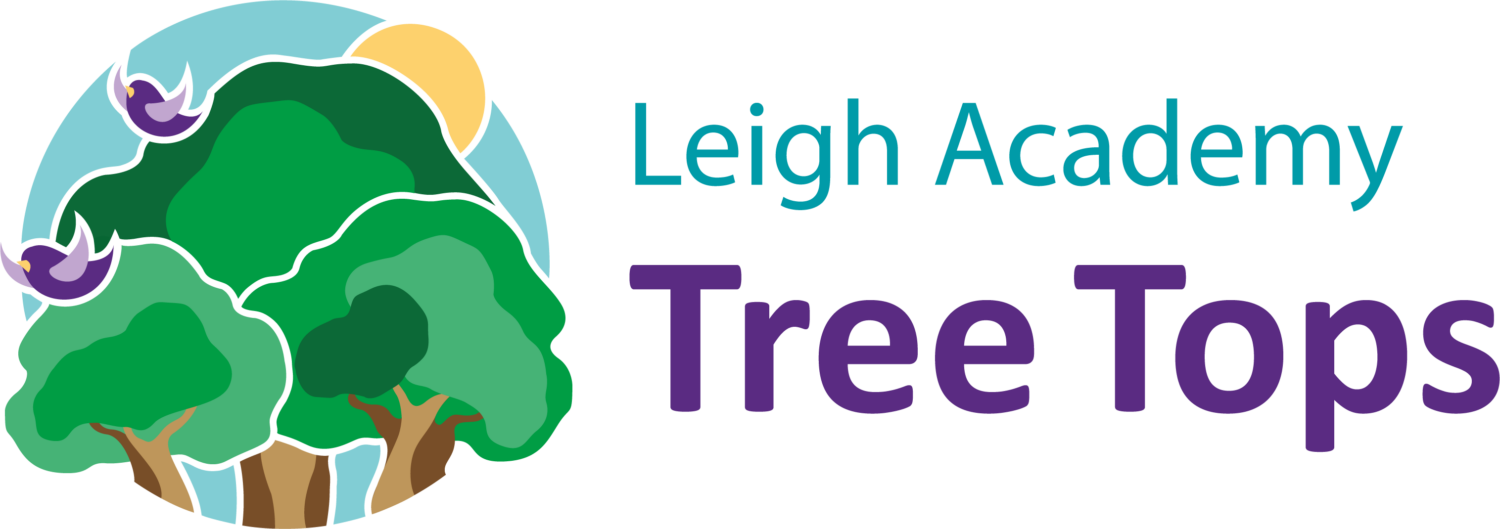At Leigh Academy Tree Tops we are DIGITAL INNOVATORS! We want our children to understand the potential of technology and start to build computing skills for the future. We want them to become digital creators, using technology to support other areas of their work and lives, and also to understand the responsibilities of being digital consumers on their time, relationships and wellbeing. We know the digital workplace is continuously evolving and want them to grow up wanting to be a part of that as software engineers, video game designers, web developers or IT consultants. Our Computing curriculum strives to develop resilient, reflective, creative and independent learners. It gives space for children to become “computational thinkers”, tackling complex problems, making mistakes and learning from them. It also engages our children, through the creative use of technology, to prepare pupils for the demands of the 21st century and the technological world that awaits them in the future. As well as the huge potential of technology, we teach our children to understand the challenges and problems it can create. We teach them to become good digital citizens, to know how to stay safe and keep others safe online, to be aware of the need to test out what and who they see and the importance of what they share in creating their own digital footprint.
Aims
The National Curriculum for Computing aims to ensure that all pupils:
- Equip pupils to use computational thinking and creativity to understand and change the world
- Ensure pupils become digitally literate – able to use, and express themselves and develop their ideas through, information and communication technology – at a level suitable for the future workplace and as active participants in a digital world.
- Make pupils responsible, competent, confident and creative users of information and communication technology.
- Develop pupils’ knowledge and understanding of computer science, including the principles of information and computation, how digital systems work, and how to put this knowledge to use through programming.
- Enable pupils to use information technology to create programs, systems and a range of content.
- The subject leader for Computing will meet the senior leadership team and representatives from the Trust on a regular basis to evaluate provision in order to ensure that teaching and learning in Computing is highly effective. Where necessary, staff will receive coaching and training in Computing.
- Carefully designed, interleaved learning in Computing ensures consistency and progress of all learners.
- The vehicles which drive learning throughout the term is the central idea and associated lines of inquiry. Therefore, Computing is taught through these vehicles.
- Clearly defined end goals are set in order to guide children to achieve their potential. This ensures work is demanding and matches the aims of the curriculum whilst still fulfilling the requirements of a PYP approach.
- High quality teaching responds to the needs of children. Spiral learning is a key focus of all formative and summative assessment with teachers actively responding to learning, understanding and work in lessons in order to identify misconceptions early.
- High quality input from experts and educational resources complement the delivery of specialist learning admirably. Children understand how Computing is used in the wider world including careers.
- We endeavour to expose students to a variety of software, programs, and equipment in order to offer a range of appropriate challenges and experiences.
- Spaced repetition and chunking within the curriculum allows pupils to develop their recall of embedded knowledge and ensures that each year group works on an aspect of each of the three areas of Computing.
- Our schemes of work remain flexible and children share their thoughts on their ‘computing learning journeys’ to help enable sessions to be adapted to their interests and needs.
- Learning is adapted and tailored to meet the needs of all pupils, including those with SEND, through adaptive teaching; including guidance from the EEF (Education Endowment foundation). Educators incorporate explicit instruction, cognitive and metacognitive strategies, scaffolding, flexible grouping and use of technology into daily classroom practice to ensure access for all.
- Children are happy learners who have a thorough grasp of computing knowledge. They experience a wide range of learning and are encouraged to be creative and collaborative in order to express their ideas and challenge themselves.
- Children of all abilities and backgrounds achieve well in Computing reflected in outstanding progress that reveals a clear learning journey. Children talk enthusiastically about their learning and are eager to further their learning in the next stages of their education.
- We want learners to discuss, reflect and appreciate the impact computing has on their learning, development and well being.
- Finding the right balance with technology is key to an effective education and a healthy life-style.
- The way pupils showcase, share, celebrate and publish their work will best show the impact of our curriculum. We also look for evidence through reviewing pupil’s knowledge and skills digitally through Google tools and observing learning regularly.
- Progress of our computing curriculum is demonstrated through outcomes and the record of coverage in the process of achieving these outcomes.
Each lesson will include live marking (as per the Marking and Feedback Policy). Homework is not formally set in computing but knowledge activities (both written and abstract) are encouraged to enhance enrichment opportunities; these may take the form of (but not limited to) programming activities, including writing and solving coding problems. High quality teaching responds to the needs of children. An assessment grid (the foundation skills assessment) is used to formally record an overview of progress of each child.


